Fiction and Short Stories - 1 Chapter Notes | Crash Course for UGC NET English Literature PDF Download
Introduction to Fiction
This chapter explores the history and evolution of fiction in the English language, tracing its development over thousands of years. It highlights important writers and the literary characteristics of different periods, starting from the Anglo-Norman Age and showing how social and political changes have influenced the themes in fiction.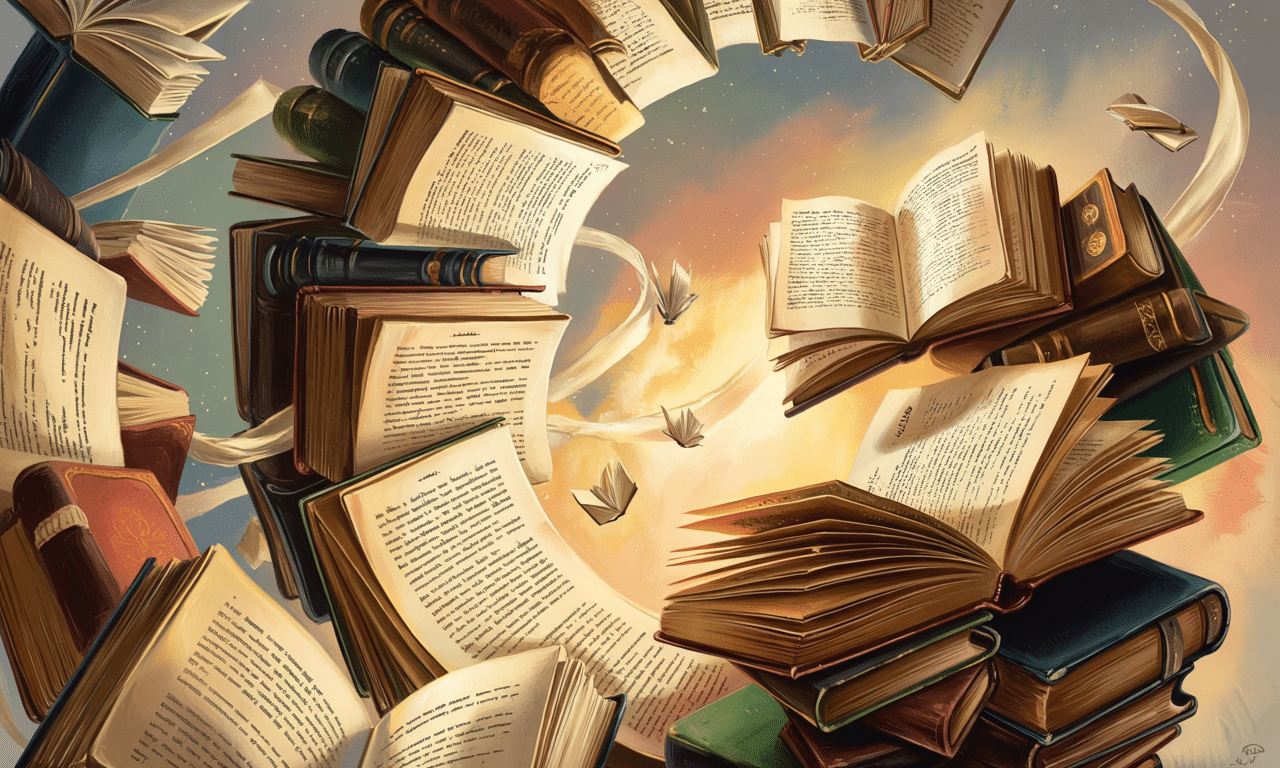 Literary Journey
Literary Journey
The word fiction comes from the Latin word fingere , which means "to shape" or "to form." Today, it refers to stories about imaginary events and characters set in a created world, written in prose. Fiction offers new experiences and perspectives that may not be found in real life. It goes beyond just telling a story; it addresses important issues and provides insights into social and political matters, allowing readers to see the world in a different way. Fiction is a blend of artifice (imagination) and verisimilitude (a sense of reality), combining creativity with a careful balance of real-life elements.
1. Elements of Fiction
- Plot: The plot is the core of any fictional work. A traditional plot has a clear beginning, middle, and end, with events unfolding in a specific order to resolve a conflict by the end. However, many contemporary novels experiment with this structure and may end without a clear resolution.
- Character: A character in fiction can be a person, animal, or any imaginary being. Characters can be categorized as major or minor based on their significance to the story. They can also be static (unchanging) or dynamic (showing change and development). Static characters, often called flat characters, have limited personality traits and realism, while round characters are more complex and undergo transformation.
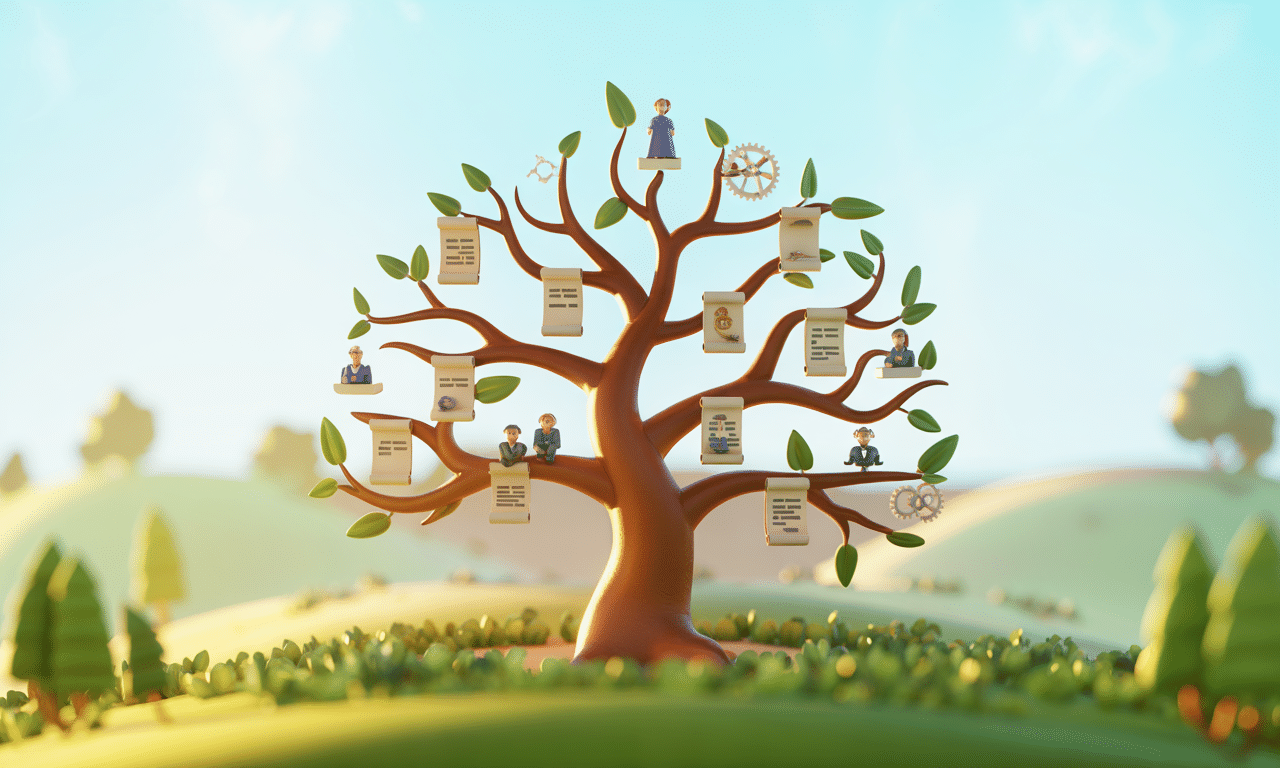 Storytelling Essentials
Storytelling Essentials
Types of Fiction
- Setting: This refers to the social and physical environment where the story takes place.
- Point of View:Every work of fiction is presented from a specific narrative perspective that introduces the reader to the characters and setting while establishing the tone and mood. The main types of points of view include:
- First Person
- Second Person
- Third Person
- Omniscient
- Theme: This is the central idea around which the story, characters, and setting are built.
 Artistic Narrative
Artistic Narrative
Short Story
- A short story is a brief work of fiction that can be read in a single sitting, typically ranging from 1,000 to 20,000 words.
- It generally features a small number of characters and revolves around a single plot with a consistent background setting.
- However, in the postmodern era, the definition of a short story has been challenged, with some stories being extremely brief.
- The history of the short story can be traced back to earlier literary traditions but saw significant evolution in the 19th century when writers began publishing short stories for the public.
- Prominent authors such as Edgar Allan Poe, often regarded as the father of short stories, along with Anton Chekhov, O. Henry, and Herman Melville, played a crucial role in transforming the genre.
 Cozy literary escape
Cozy literary escape
Novella
- A novella is a type of fiction that is longer than a short story but shorter than a novel.
- It offers a broader scope than a short story while having fewer subplots and characters compared to a novel.
- Novellas often explore satirical or realistic themes.
- This genre originated in Italy during the Middle Ages but gained prominence in the 19th and 20th centuries with authors like Tolstoy (The Death of Ivan Ilyich), Dostoevsky (Notes from the Underground), Henry James (In the Cage; The Turn of the Screw), and George Orwell (Animal Farm).
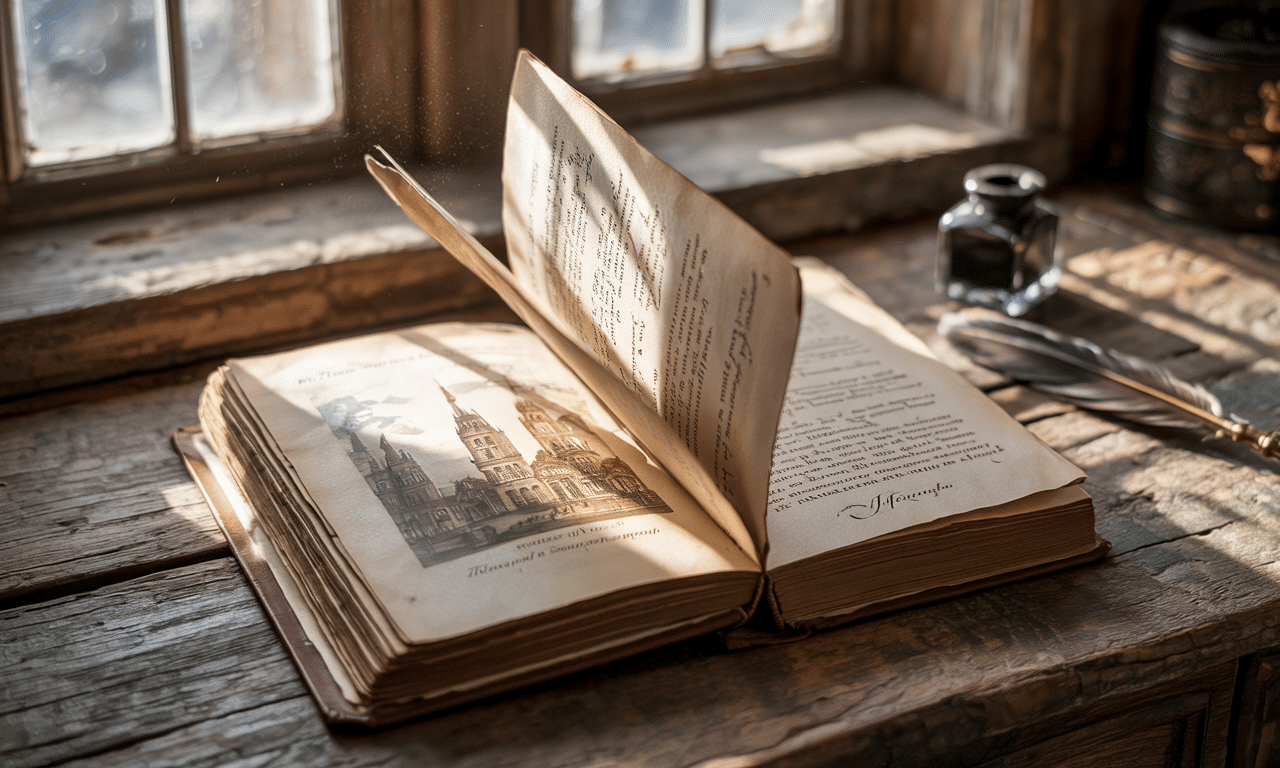 Literary exploration
Literary exploration
Novel
- A Novel is a lengthy piece of fiction featuring various storylines and a diverse cast of characters who evolve throughout the story.
- While the modern novel emerged in the 18th century, early masterpieces like Tale of Genji by Murasaki Shikibu, Ming dynasty Chinese novels, and Miguel de Cervantes' Don Quixote are considered among the first novels worldwide.
- In English literature, Pamela (1741) by Samuel Richardson, presented as fictional letters, is regarded as the first true novel.
Genre Fiction
- Fiction is divided into various sub-categories known as genres, Each genre has its own distinct tone, style, and narrative techniques.
- Examples of genres include: Historical Fiction (e.g., Waverley ) Science Fiction (e.g., Frankenstein ) Fantasy (e.g., Alice’s Adventures in Wonderland )
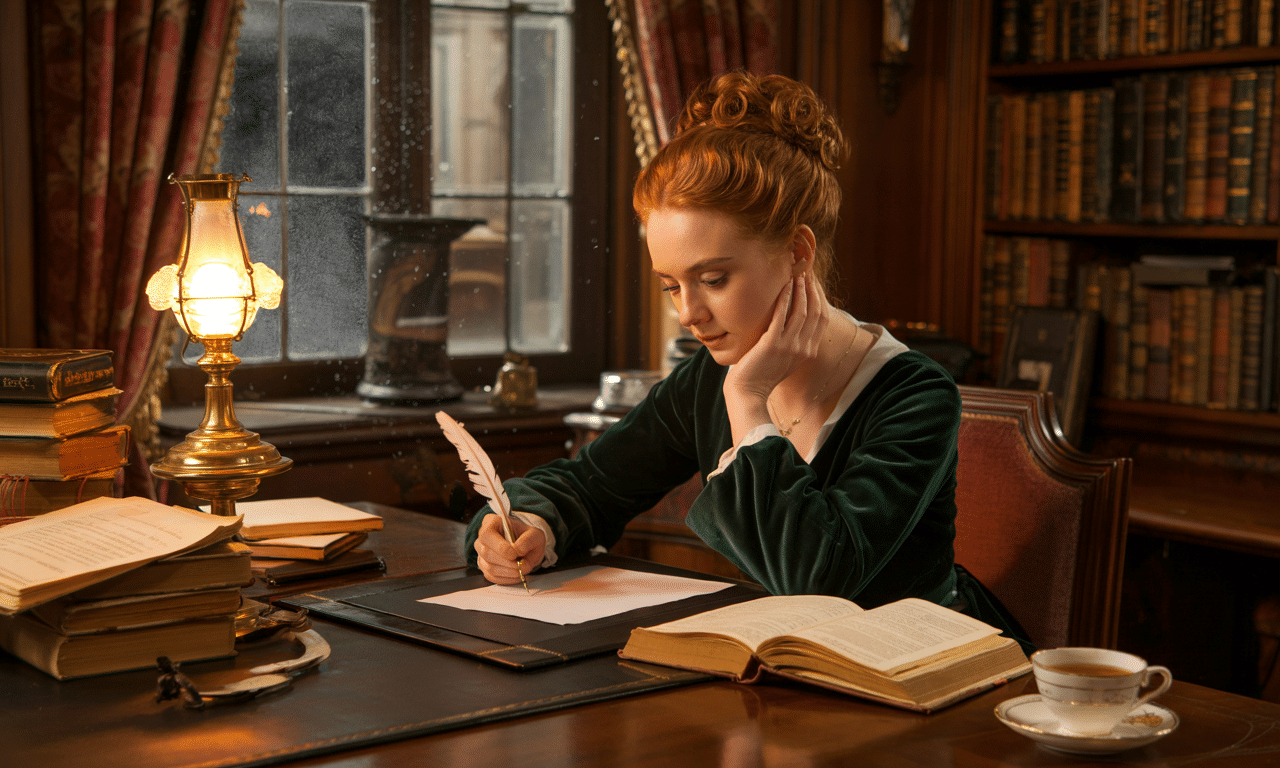 Victorian Realism
Victorian Realism
Realism
- Realistic fiction is characterized by storylines and settings that are rooted in the real world.
- This genre gained prominence during the Victorian era, with authors like Charles Dickens depicting the struggles and everyday lives of middle-class individuals in England.
Metafiction
- Metafiction refers to a genre of fiction that draws attention to its own creation in various ways for the reader's awareness.
- This genre emphasizes the fictional nature of the narrative, making it clear that the story is not real.
- The term 'meta-fiction' was coined by William H. Gass in 1970 in his book Fiction and the Figures of Life.
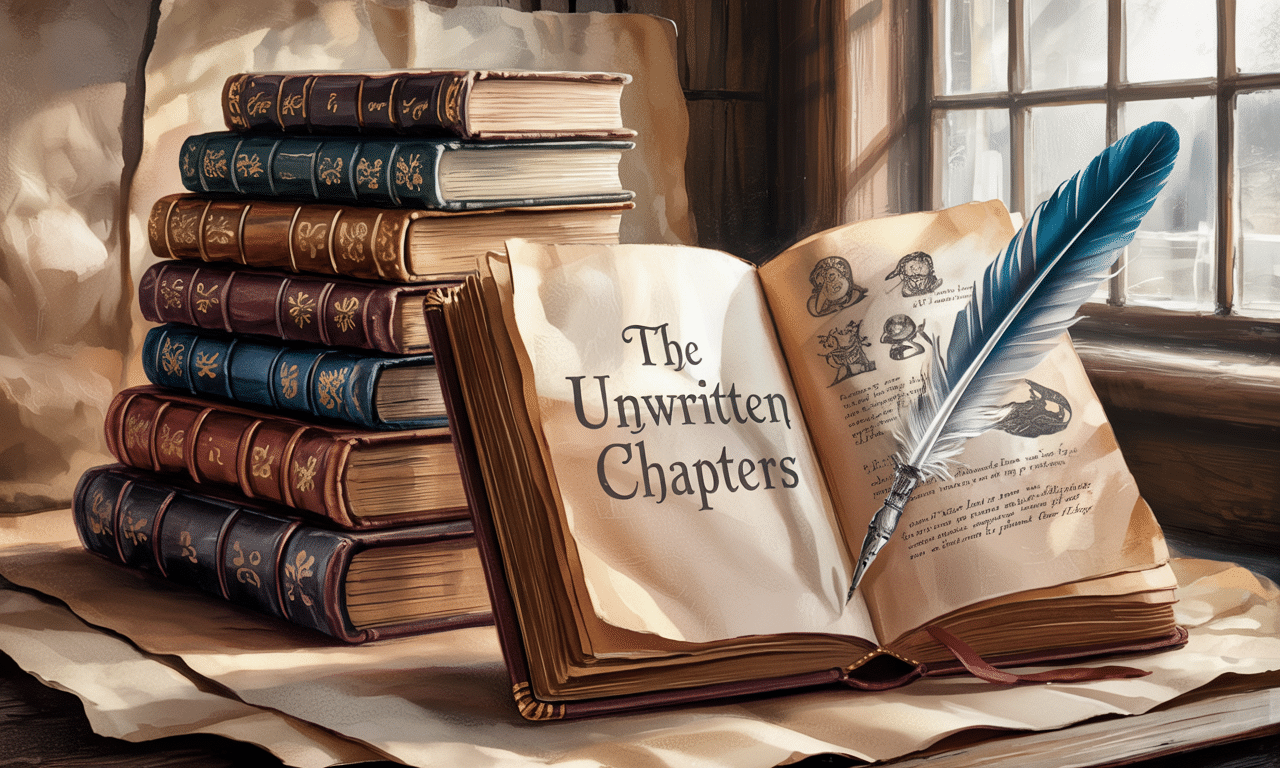 Literary Playfulness
Literary Playfulness
Postmodern Writers
The technique has been considered in several notable works, including Canterbury Tales, Don Quixote, and The Life and Opinions of Tristram Shandy, Gentleman. It is mainly used as a form of parody to challenge literary traditions.
Fiction in Medieval Period (1066–1500)
The period following the Norman conquest and prior to Chaucer's prominence in English literature is referred to as the Anglo-Norman Age. During this time, the novel did not emerge; instead, there was an increase in the production of Chronicles and Historical nonfiction that extolled the virtues of knights and their kings, highlighting themes of bravery, courtly love, and noble ideals. These works gained popularity among the European aristocracy and are collectively known as Medieval Romances. Medieval Romances can be classified into three primary categories:
- The Matter of France: This category focuses on themes of war and heroism, depicting the valiant deeds of knights and their exploits in battles.
- The Matter of Britain: Works in this category centre around the legendary figure of King Arthur and the adventures of his Knights of the Round Table. A prominent example is Thomas Malory’s Le Morte d’Arthur, which narrates the tales of Arthur and his knights, including their quests, battles, and the ideals of chivalry that they upheld.
- The Matter of Rome: This category is based on classical tales from Roman and Greek mythology, drawing upon the rich tapestry of legends and stories from ancient Rome and Greece. These tales often involve gods, heroes, and mythical creatures, reflecting the values and beliefs of these ancient cultures.
Age of Chaucer
This period spanned from 1340 to 1400 and was characterised by significant social and political transformations, including the Hundred Years' War with France (1337–1453), the Black Death (1348–49), the Lollard’s Movement led by Wycliffe (1377), and the Peasant Rebellion led by Wat Tyler (1381).
While this age is primarily associated with poetry, a few notable prose works were also produced. Chaucer's literary output is categorised into three main types: French, Latin, and English. His travels to Italy exposed him to the writings of Dante, Boccaccio, and Froissart, which influenced his work.
Chaucer's most significant contribution, The Canterbury Tales, is written in verse in English, although two of the tales, the Tale of Melibee and the Parson’s Tale, are presented in prose form.
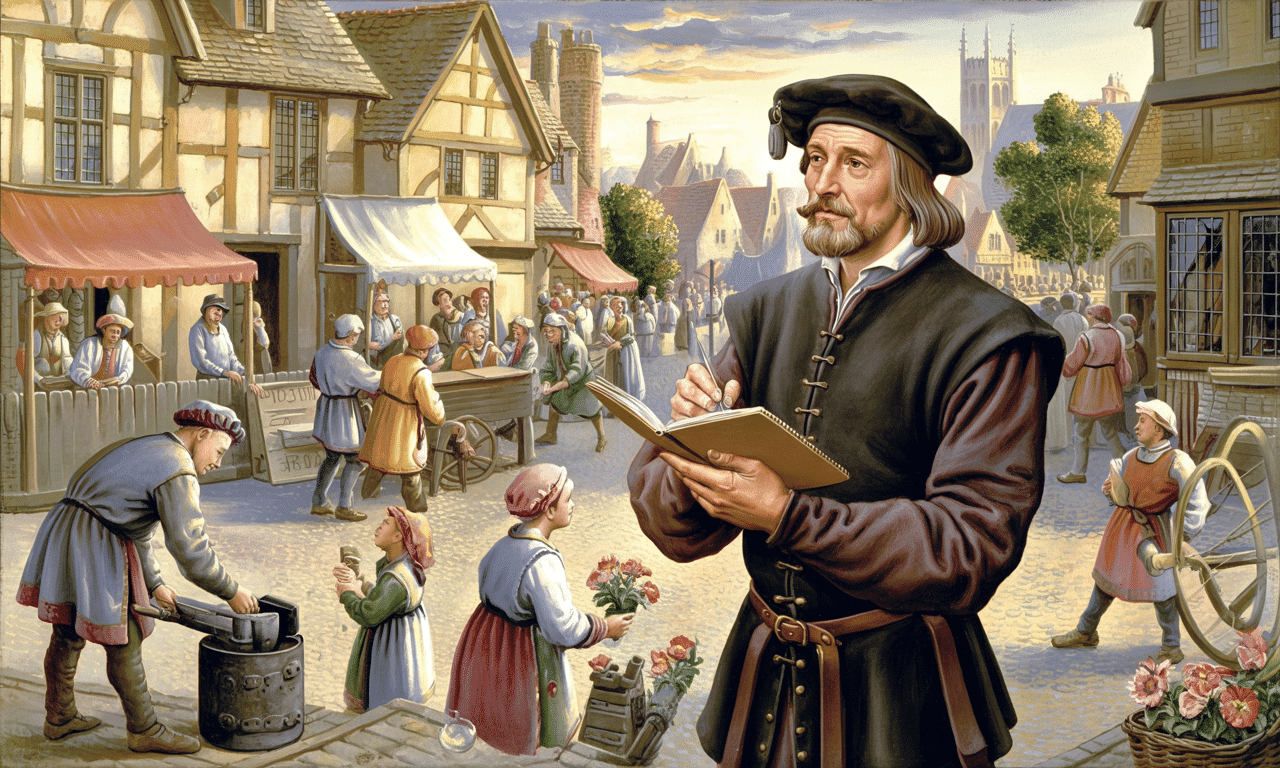 Medieval Poetry
Medieval Poetry
Troilus and Criseyde (1378–85)
- Troilus and Criseyde : This is a lengthy poem with many plots and characters, making it a work of fiction and often seen as a novel in verse.
The Legend of Good Women (1380s)
- This piece is inspired by the stories of loving and faithful women from history and mythology, such as Cleopatra, Thisbe, Dido, Medea, Hypsipyle, and Lucretia.
- It includes a prologue and nine tales written in prose.
- Chaucer wrote this work to honour women who were portrayed unfairly in his earlier poem, Troilus and Criseyde.
- The Legend of Good Women is a prime example of a palinode, where Chaucer reevaluates his previous opinions on women.
The Age of Revival (1400–1550)
Major Events
- Cade’s Rebellion (1450)
- Wars of the Roses (1455–85)
- This era marks the advent of the Renaissance in Europe, sparking a flourishing of art and literature.
- During this time, Johannes Gutenberg in Germany pioneered the movable type printing press in Europe.
- In 1455, he finalized the 42-line Bible, famously known as Gutenberg’s Bible, producing 180 copies.
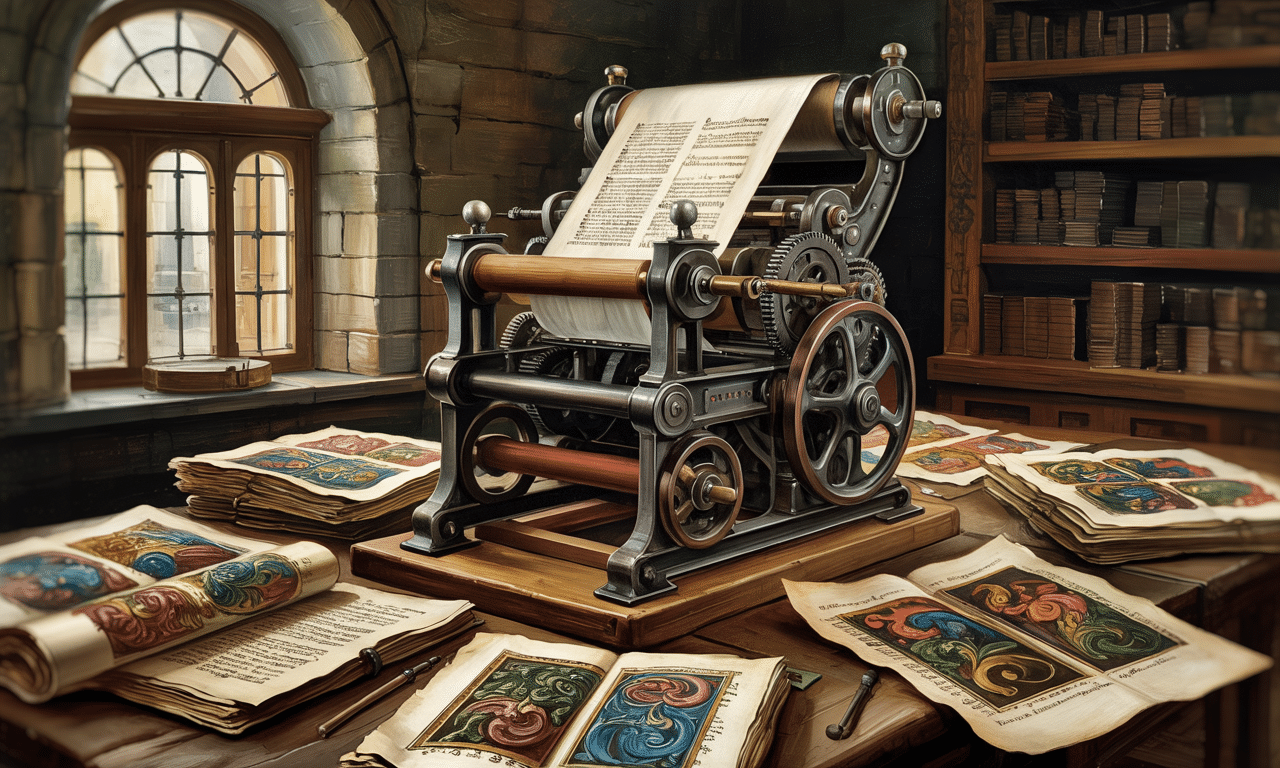 Artistic Revolution
Artistic Revolution
Major Writers of the Age
- Sir Thomas Malory (1415–1471): A distinguished knight and Parliament member.
- His pivotal work is a compilation of stories about King Arthur and the Knights of the Round Table, penned during his time in Newgate Prison.
- First released by William Caxton in 1485 and renamed Le Morte d'Arthur, meaning Death of Arthur.
- The work, consisting of 20 books, has influenced numerous writers, including Alfred Lord Tennyson, Mark Twain, John Steinbeck, and T. H. White.
Plot
King Uther Pendragon of England, with the help of wizard Merlin, assaults Igraine, the wife of one of his vassals. Igraine later becomes pregnant with Arthur, who is kept hidden until one New Year’s Eve after Uther’s death. Arthur pulls a sword from the stone, becoming king and starting his journey to be a strong ruler. He marries Guinevere to strengthen his empire.
- The story then focuses on his knights and Arthur, who sets out to find the Holy Grail.
- Meanwhile, the secret love affair between Sir Lancelot and Guinevere is revealed, leading to the siege of Lancelot’s castle in France.
- In the end, Sir Mordred, who was left in charge of England, and Arthur kill each other in the battle of Salisbury Plain.
William Caxton (1422–91)
Caxton was an excellent translator and publisher known for introducing the printing press to England. He translated many books into English and added over 1500 words to the language.
- His first translation was of the French book The Recuyell of the Historyes of Troye in 1469, which was also the first book printed in Bruges (Belgium).
- The second book he published in Bruges was the translation of The Game and Playe of Chesse.
- In 1476, Caxton established a printing press in London, and Lord Rivers' Translation of The Dictes and Sayings of the Philosophers became the first book published in England in 1477.
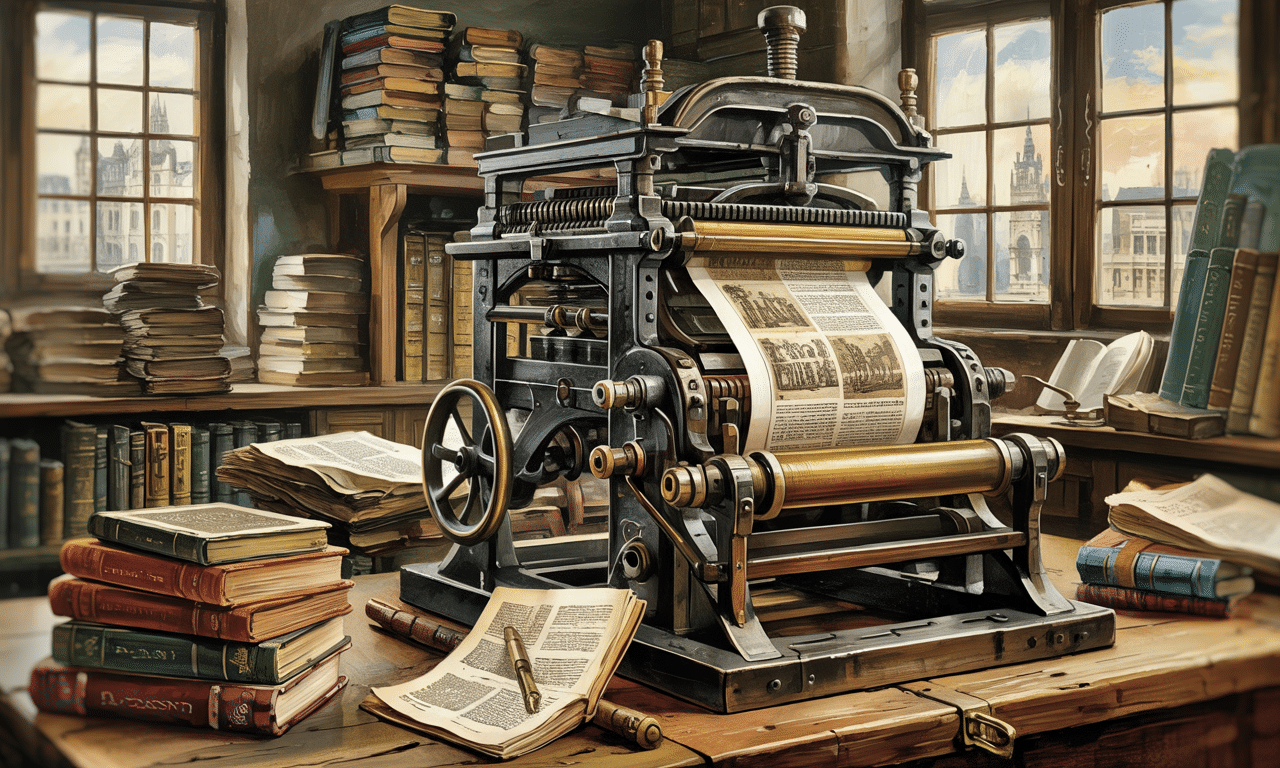 Revolutionary Literature
Revolutionary Literature
Thomas Moore
Thomas Moore was an English scholar, writer, and a prominent politician during the reign of Henry VII. He studied Greek and Latin literature in Oxford and translated various works.
- He was charged with treason and was beheaded, famously saying—‘The King’s good servant, but God’s first.’
- His major work is Utopia, a fictional piece in two parts written in Latin in 1516. The word "utopia" means ‘nowhere’, referring to an ideal place that does not exist.
Summary of Utopia
Introduction
Utopia is a book written by Sir Thomas More in 1516. It talks about an imaginary island called Utopia, where everything is perfect. The book is divided into two parts: the first part is about the problems in England, and the second part is about the wonderful things in Utopia.
In the first part, More describes the issues in English society, such as poverty, crime, and corruption. He uses a conversation between himself, a friend named Peter Giles, and a man named Raphael Hythloday to discuss these problems. Hythloday is a sailor who has been to Utopia, and he shares what he saw there. Island Dialogue
Island Dialogue
Utopian Society
- Hythloday explains that Utopian society is ideal due to its superior customs and rules.
- The main features of Utopian society include:
- The elimination of private spaces, currency, and wealth.
- Equal distribution of goods and labour.
- Pleasure in a moderate state.
- The absence of religious and educational institutions.
- Families operate similarly to a state.
|
127 videos|64 docs
|
FAQs on Fiction and Short Stories - 1 Chapter Notes - Crash Course for UGC NET English Literature
| 1. What are the key elements of fiction? |  |
| 2. What are the different types of fiction? |  |
| 3. What characterized the Anglo-Norman Age in literature? |  |
| 4. Who were the major writers of the Age of Chaucer? |  |
| 5. What contributions did Thomas Nashe make to fiction and literature? |  |
















